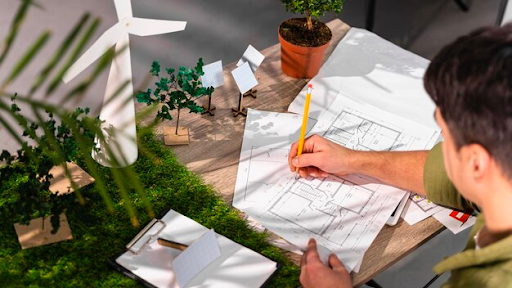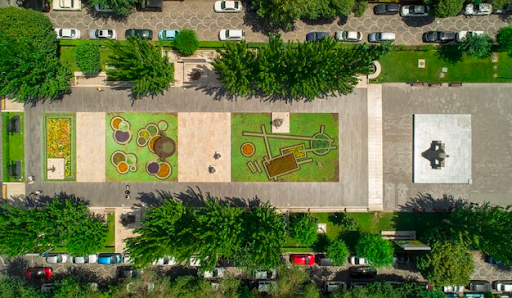Why Interior Architecture Is Essential for Your Home Design
When it comes to designing a home, many people focus on the aesthetics of the exterior and overlook the importance of interior architecture. However, interior architecture is crucial for creating a functional and cohesive living space that meets the needs of its inhabitants. Interior architecture involves the design and organization of the interior space, including the layout, structure, and materials used. It takes into account both form and function to create a space that is both beautiful and practical. In this article, we will explore why interior architecture is essential for your home design and the benefits it provides.

Creating Functional Spaces
One of the key benefits of interior architecture is the creation of functional spaces. Interior architects work closely with homeowners to understand their needs and design a space that meets those requirements. They consider everything from the layout of the rooms to the placement of furniture and fixtures. This attention to detail ensures that the space is both functional and efficient. For example, an interior architect may design a kitchen with ample counter space, storage, and easy access to appliances, creating a space that is easy to cook and clean in.
Improving the Flow of the Space
Interior architecture also plays a critical role in improving the flow of a space. The layout of a room can have a significant impact on how it is used and how people move through it. A poorly designed layout can make a space feel cramped and unwelcoming, while a well-designed layout can create a sense of openness and flow. Interior architects carefully consider the circulation patterns of a space and create a layout that maximizes the flow and functionality of the area. This not only enhances the user experience but also adds value to the property.
Enhancing Aesthetics
While functionality is important, aesthetics play a vital role in interior architecture. Interior architects use design principles, such as color, texture, and lighting, to create a cohesive and visually appealing space. The use of these elements can transform a space from ordinary to extraordinary. For example, the use of warm colors and natural materials can create a cozy and inviting atmosphere in a living room, while the use of cool colors and sleek materials can create a modern and sophisticated feel in a kitchen.
Creating a Personalized Space
Interior architecture also allows homeowners to create a personalized space that reflects their tastes and lifestyle. Interior architects work with homeowners to understand their style and preferences and incorporate them into the design. This ensures that the space is not only functional and beautiful but also reflects the homeowner's personality and unique style. For example, a homeowner who loves nature may incorporate natural materials, such as stone and wood, into the design of their home.

Increasing Property Value
Another advantage of interior architecture is that it can increase the value of a property. A well-designed interior can make a home more attractive to potential buyers and increase its resale value. According to a survey conducted by the National Association of Realtors, homebuyers are willing to pay more for a home with a well-designed interior. In fact, 29% of homebuyers cited interior design as a crucial factor in their decision to purchase a home. By investing in interior architecture, homeowners can not only improve their quality of life but also increase their return on investment.
Conclusion
In conclusion, interior architecture is a critical component of home design. It provides numerous benefits, including creating functional spaces, improving the flow of the space, enhancing aesthetics, creating a personalized space, and increasing property value. Interior architects have the expertise to design a space that meets the unique needs and preferences of homeowners. By investing in interior architecture, homeowners can create a space that not only meets their needs but also enhances their quality of life.



